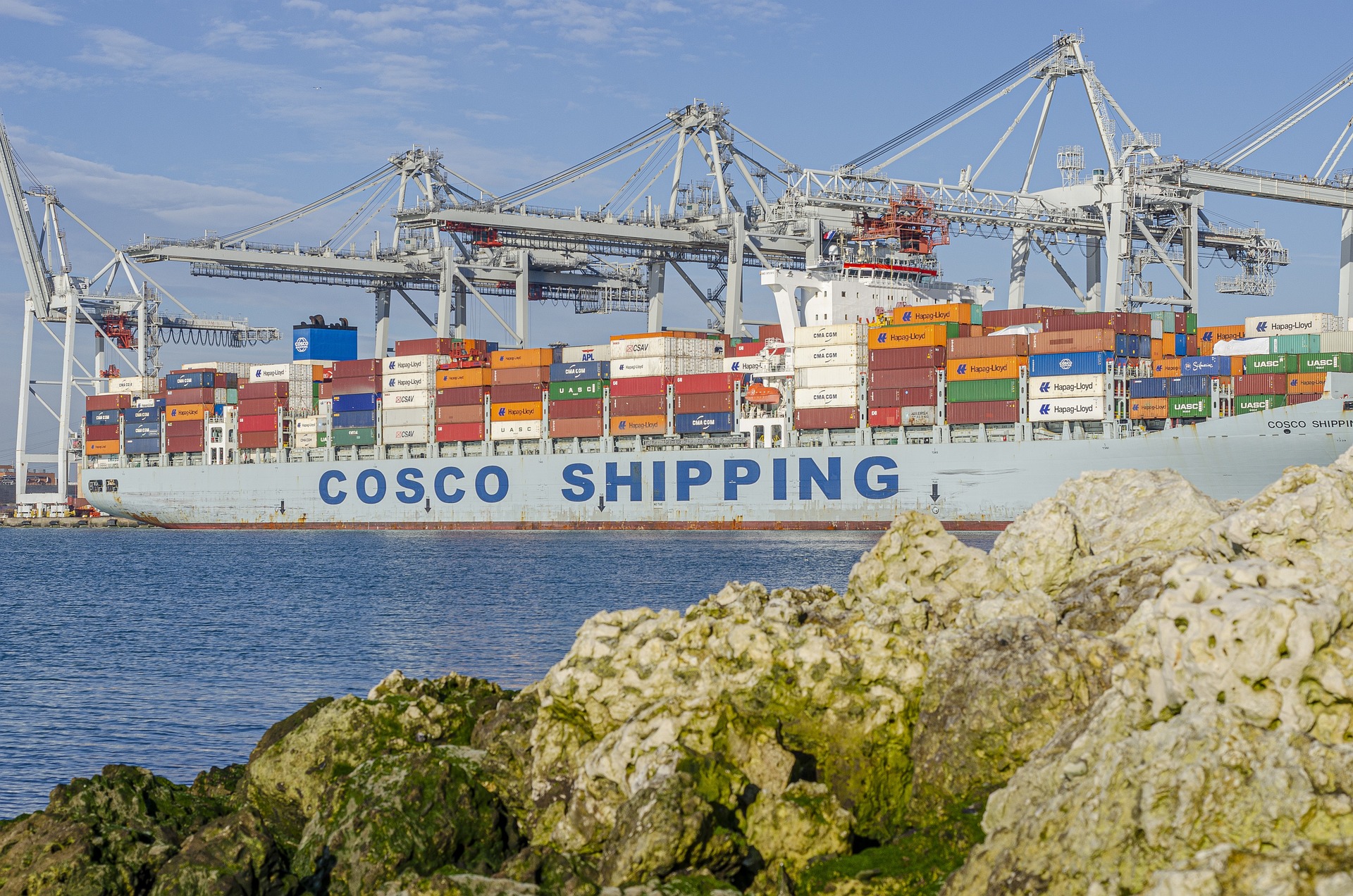Ameritrans Freight International Shipping Company
Ameritrans Freight International Shipping Company is a leading global shipping provider focused on delivering exceptional value to our clients. We offer comprehensive end-to-end shipping and freight forwarding services, ensuring that every stage of your shipping process is streamlined and hassle-free.
Why Choose Ameritrans Freight?
Shipping and freight forwarding can be complex, but with Ameritrans Freight, you gain a partner who simplifies the entire process. From consignment handling to warehousing, processing, transportation, and tracking, we deliver services tailored to your unique needs. Our commitment to excellence ensures that your shipments are managed with the utmost care and efficiency. Our extensive shipping network covers major shipping route across continents.
Whether you’re shipping commercial cargo or personal goods, our experienced team provides end-to-end support, ensuring seamless transportation across oceans and borders.
Key Benefits:
- Tailored Solutions: We customize our services to meet your specific shipping requirements.
- Dedicated Support: Our team is available to provide support and ensure a smooth shipping experience.
- Competitive Rates: We offer some of the best shipping rates in the industry without compromising on quality.
Goal
To become the world’s best Shipping and Freight Forwarding Company, providing services for international average.
Purpose
To harness technology in inventing and delivering simplified logistics solutions that match clients’ demands in a digital platform.
Core Values
- Cooperation
- Dignity
- Invention
- Honesty
- Objectivity
- Transparency
- Flexibility
- Accuracy in our solutions to all your logistical needs as a Freight Forwarder
Key Services at Ameritrans Freight International
Our key services include the following;
1. Container Shipping

Transport your goods safely and securely in standard shipping containers. Enjoy competitive rates and flexible options, that matches your cargo volume. Our container shipping expertise ensures your goods are transported safely and efficiently. Available container shipping options are;
-
LCL Shipping
LCL refers to Less-than Container Load. This option is suitable for small shipments that cannot fill an entire container. We offer cost-effective solutions by consolidating your goods with those of other shippers. If you run an e-commerce business, then this option will ensure you send your packages globally at flexible prices.
-
Full Container Load (FCL)
FCL shipping offers a cost effective solution for loads large enough to fill a 20′ or 40′ shipping container. We offer secure and direct transport from your facility to the destination warehouse. Our tracking systems ensure you keep track of your goods and stay updated through out the journey
2. RORO Shipping
For car shipping, heavy machinery, and oversized cargo, our RORO (roll-on/roll-off) shipping services provide a cost-effective and convenient solution. We handle all types of rolling stock with the utmost care. Request a quote for your car transportation.
3. Air Freight Shipping
Need your shipment delivered quickly? Our air freight services provide expedited shipping options for time-sensitive cargo. Our express service ensures your package and time sensitive goods reach their destination in record time.
4. International Moving
Relocating overseas? Our experienced team can handle all aspects of your international move, from packing and customs clearance to transportation. Ship your household items at ease in a dedicated 20 ft or a 40ft container, depending on the volume.
5. Value-added services
We offer the following value added services to ensure a smooth shipping process for our clients;
- Customs documentation assistance
- Cargo insurance options
- Professional packing services
- Warehousing solutions
- Last-mile delivery
Our Commitment to Excellence
At Ameritrans Freight International, we maintain the highest standards in international shipping through:
- Rigorous quality control processes
- Regular staff training and development
- Environmental sustainability initiatives
- Customer satisfaction guarantees
Competitive Pricing and Quality Service
At Ameritrans Freight, we understand the importance of cost in your shipping decisions. That’s why we provide transparent, competitive pricing across all our services. Whether you’re shipping a single container or need a full suite of logistics solutions, our goal is to offer value-driven services that exceed your expectations.
Request a Personalized Quote Today:
- Visit our website to get an instant quote.
- Contact us by phone or email for personalized assistance;
